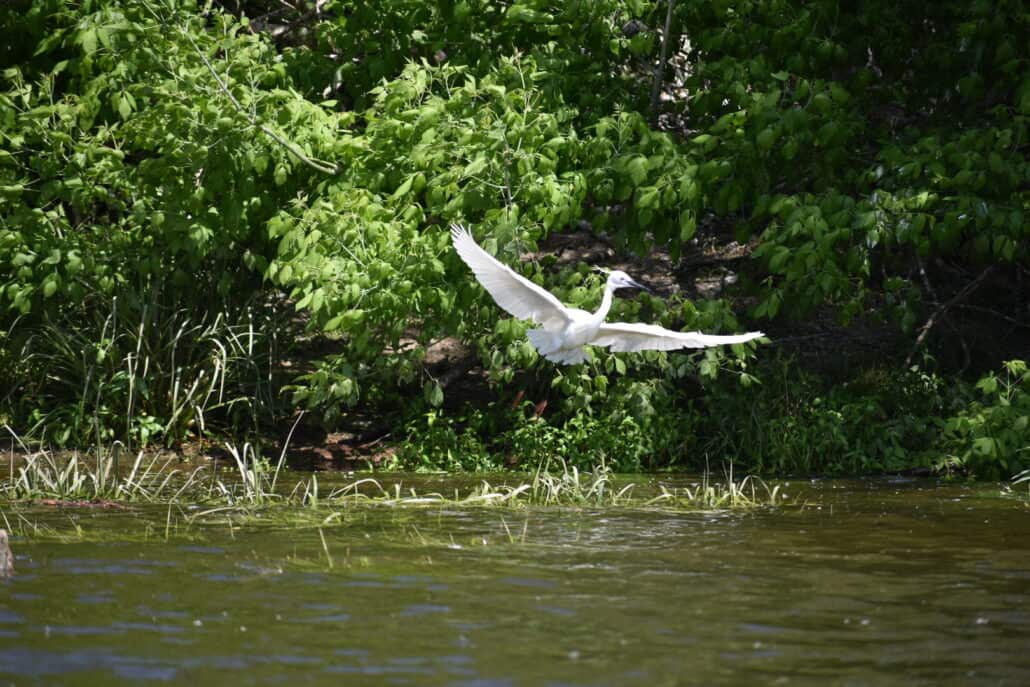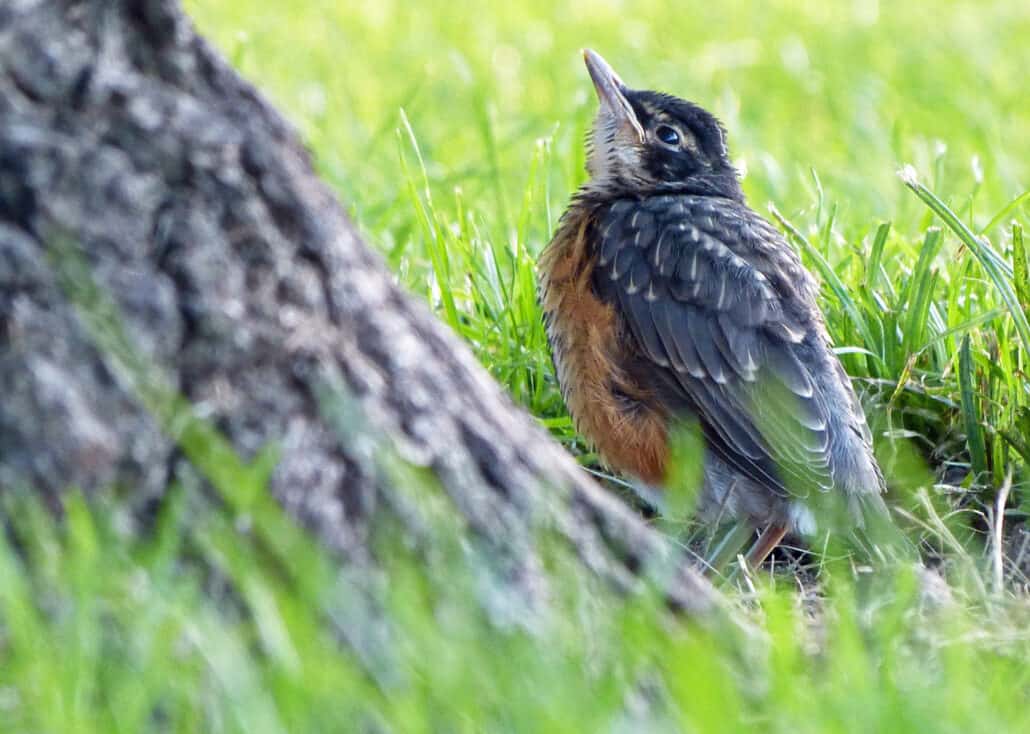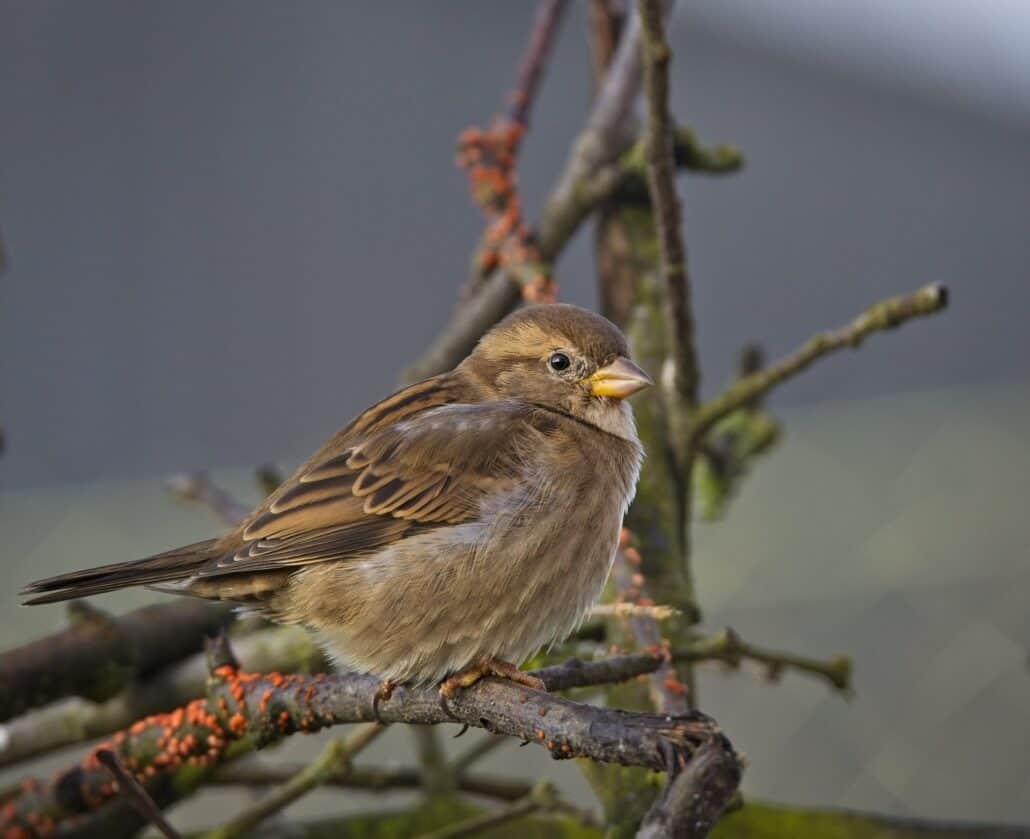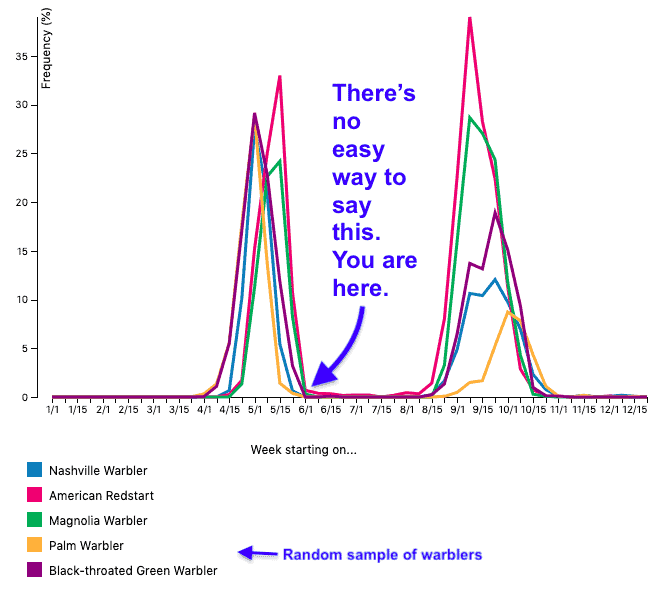
My friend Karl, whom some of you may know by his Twitter handle @TheIneptBirder, posted this humorous graphic the other day, and I had to giggle because it’s so true. One minute it’s OMG SO MANY BIRDS ALL THE TIME IT’S SO EXCITING PLEASE DON’T LET IT EVER END! And then it ends.
I imagine this feels especially harsh to new birders, who have been dazzled by a flurry of beauty and sucked right into the birding world only to wake up one day and have a yard full of robins, grackles, and house sparrows. (Which, of course, are undeniably beautiful in their own right, but… not the same.)
Well, first of all, to all the people I see in various Facebook birding groups asking, “Where did all the birds go???”—rest assured that this is all very normal. You are seeing fewer birds for a few simple reasons. First, not all the birds you’ve seen the past few weeks stay where you are for the summer, so they have moved north to their breeding grounds. Second, birds generally don’t rely on our feeders for food (unless desperate—see our previous post “A Banner Year for ‘Pretty Birds’… or a Banner Problem?”), and with the improved weather, insects are once again abundant and the preferred food of many bird species. Third, the birds are extra busy gleaning those bugs to feed their newly hatched young, and their behavior has accordingly become more secretive in order to not draw attention to the many trips they will make in and out of those nests to feed their babies. (And with the trees more fully leafed out now, that of course makes them even more difficult to spot.)
But all is not lost! Post-peak migration is the perfect time for other birdy pursuits. For one thing, if you take a closer look, you still have an array of interesting avian visitors—they are just seemingly less exciting because of their familiarity. But what a great opportunity to take your time and closely study their plumage and behavior! Ask questions, like my best friend, a brand-new backyard birder who messaged me the other day: “Why is this red-winged blackbird kinda splotchy brown—is it a juvenile, or what?” And then research it and get some answers. (We determined that her bird was likely a second-year, non-breeding male red-wing.) Becoming deeper-level familiar with a species of birds is extremely satisfying!
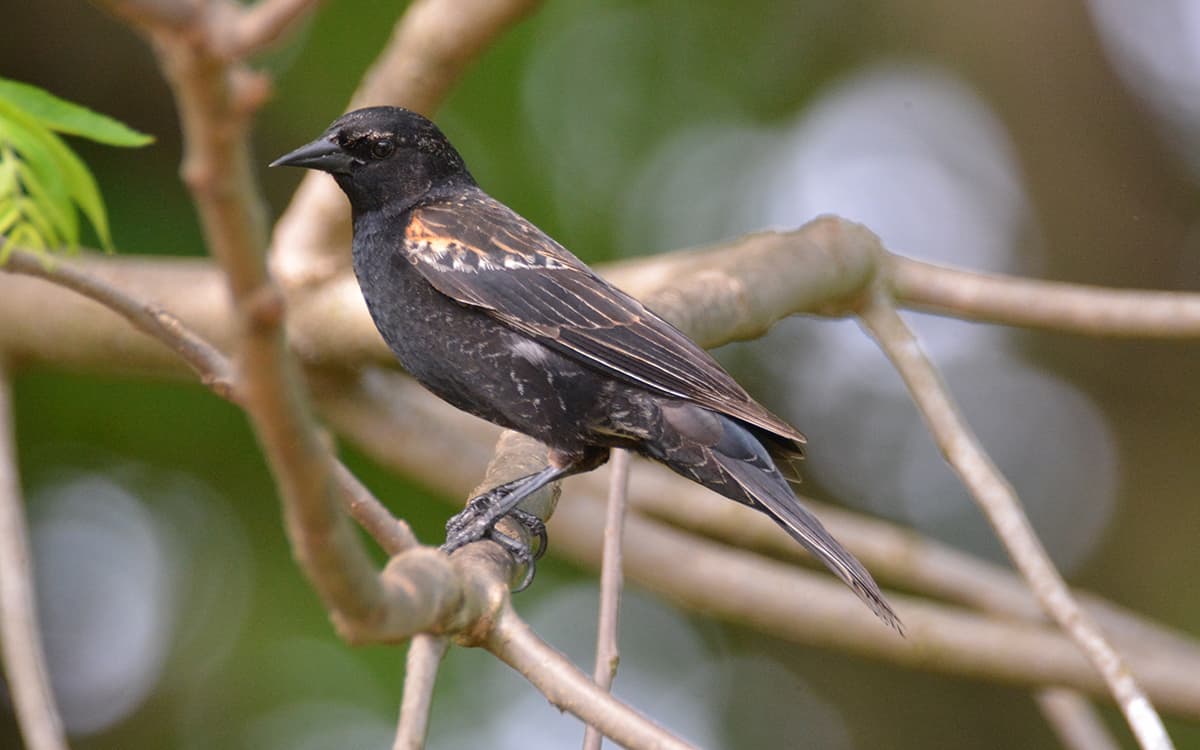
One late spring when I was feeling especially glum about the lack of variety in my backyard, I decided to stop feeling sorry for myself and focus on some mourning doves to admire their lovely blue eye ring. As I scanned the half-dozen or so scattered under a large shrub, I couldn’t believe it—there was a white-winged dove mixed in the group, a rarity for my region! He was gone the next day, and I would have never known he was even there if I hadn’t decided to take a moment to appreciate what was in front of me instead of feeling wistful for what wasn’t.

Another good way to get to know a species better is to learn its songs. Birding by ear is not a strong suit of mine, but I have committed to learning the calls of my regular backyard visitors, not only because I like having a mental picture of what I’m hearing outside as I go about my day—but when I hear something that doesn’t sound familiar, I know to grab my bins and head to the window to see who has stopped by. I’ve gotten several new yard birds this way!
If you want to really fine-tune your birding by ear abilities, I highly recommend checking out our recent series in Bird Watcher’s Digest by bird song expert Tom Stephenson, titled “How to Love Bird Songs Even More Than You Already Do.” Tom is one of the world’s leading authorities on bird sounds, and his technique for improving one’s ability to recognize birds by their vocalization could be a game-changer for many birders. If you are struggling to learn and remember bird sounds, you will want to read his three-part series in the March/April, May/June, and July/August 2020 issues of BWD.
Of course you can always find a shady spot or comfy air-conditioned nook to settle in with your favorite bird-watching magazine (AHEM!) or field guide and study up on the birds you will start seeing before long as they begin migrating back south. (The first southbound shorebird migrants appear on the shores of Lake Erie at Ohio’s famed Magee Marsh in late June!)
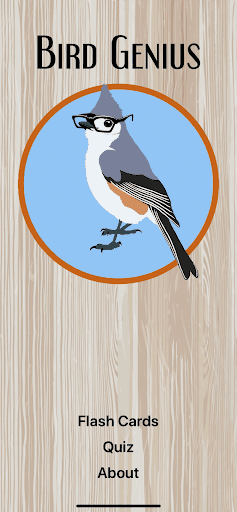
Or you could quiz yourself on your bird identification skills with any number of flashcard products on the market. Rather than actual cards, I prefer to use the Bird Genius app, developed by the above-mentioned Karl, a self-described “permanent beginner.” You can choose to be quizzed by region or by family of birds. I use it to brush up on warblers every spring and then to regularly practice my most troublesome birds: flycatchers. (They all look the same to me, gah!!)
One last thought of a worthy birdy use of this quieter half of spring: bird podcasts. We are big fans of the American Birding Association’s now weekly podcast, American Birding Podcast; Ray Brown’s Talkin’ Birds.
Before you know it, the days will be getting shorter again, and the fall migrants will begin trickling their way south. (Some birders I know claim to love fall migration even more than the spring because it lasts longer!) In the meantime, keep an eye on the birds that are still showing up, and have fun finding creative ways to stay connected to and grow in your knowledge of the avian world.

